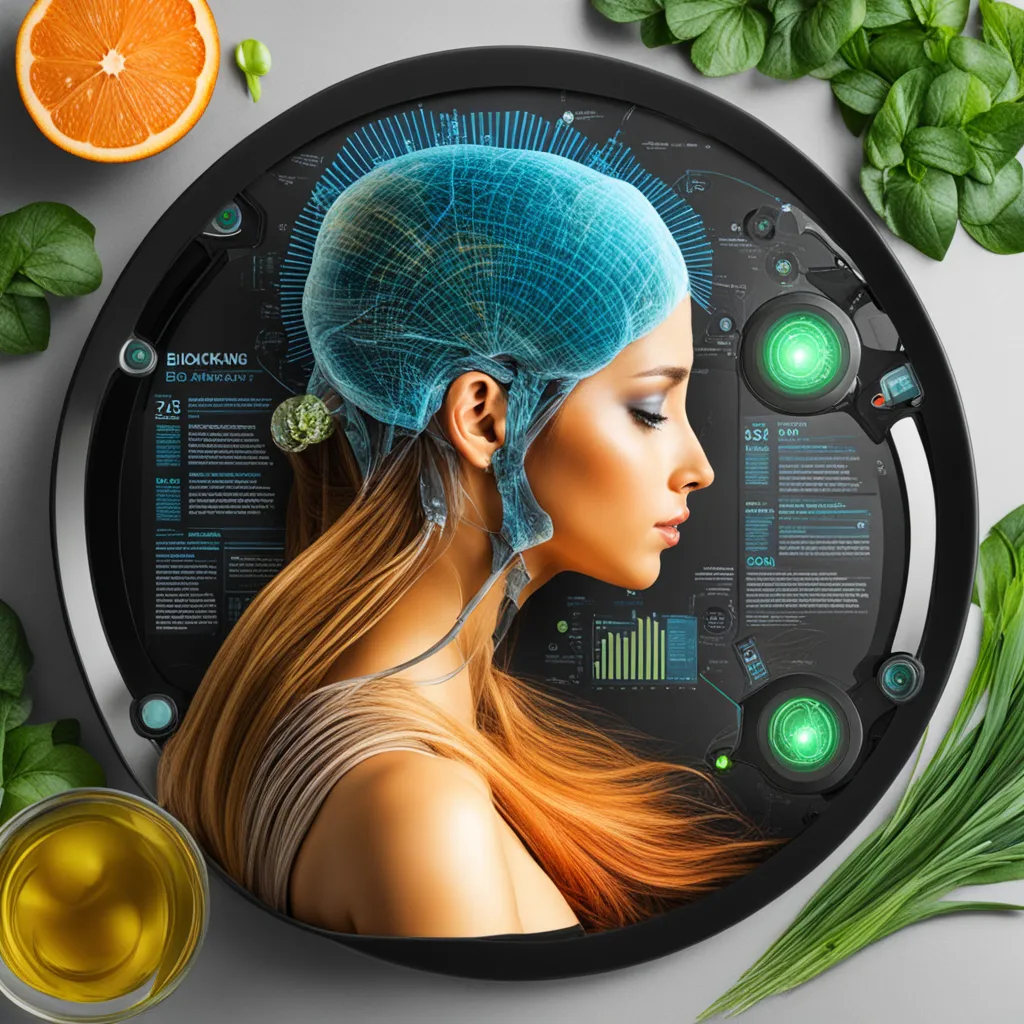Biohacking: Enhancing Human Performance with Technology
In the realm of health and wellness, biohacking has emerged as a fascinating frontier, blending technology and biology to optimize human performance and well-being. Biohackers leverage cutting-edge tools and techniques to take control of their biology, pushing the boundaries of what the human body can achieve. This article explores the diverse facets of biohacking, from DIY biology experiments to advanced technologies, and its potential impact on enhancing human capabilities.

1. Quantified Self Movement: At the core of biohacking is the quantified self movement, where individuals use technology to gather data on various aspects of their daily lives. Wearable devices, such as fitness trackers and smartwatches, monitor metrics like physical activity, sleep patterns, and heart rate. This data-driven approach allows biohackers to make informed decisions about their lifestyle and health.
2. DIY Biology Experiments: Biohacking often involves a hands-on approach to biology, with enthusiasts conducting DIY biology experiments. This may include genetic engineering, fermentation projects, or even the cultivation of beneficial microorganisms in the gut. While safety and ethical considerations are paramount, these experiments empower individuals to explore the biological mechanisms that influence health.
3. Nootropics and Cognitive Enhancement: Cognitive enhancement is a significant focus of biohacking, with the use of nootropics gaining popularity. Nootropics are substances that claim to improve cognitive function, including memory, focus, and creativity. Biohackers experiment with these compounds, ranging from natural supplements to synthetic substances, to optimize mental performance.
4. Genetic Testing and Personalized Medicine: Advances in genetic testing have opened the door to personalized medicine, allowing individuals to understand their unique genetic makeup. Biohackers use genetic data to tailor lifestyle choices, nutrition, and fitness regimens based on their genetic predispositions. This personalized approach aims to optimize health outcomes and prevent potential risks.
5. Wearable Biofeedback Devices: Beyond basic fitness trackers, biohackers utilize more advanced wearable devices that provide real-time biofeedback. These devices measure parameters such as brainwave activity, heart rate variability, and even stress levels. By gaining immediate insights into their physiological state, biohackers can adjust their activities to promote overall well-being.
6. Cryotherapy and Cold Exposure: Cold exposure is a biohacking practice believed to confer various health benefits. Techniques like cryotherapy involve exposing the body to extremely low temperatures for a short duration. Biohackers claim that cold exposure can enhance recovery, boost metabolism, and improve mental resilience.
7. Implantable Technologies: A frontier in biohacking involves the integration of technology into the human body through implants. These may include RFID chips for convenient access, continuous glucose monitors for diabetics, or even experimental devices for sensory augmentation. While still in its infancy, implantable technologies raise ethical questions but offer intriguing possibilities for human augmentation.
8. Nutrigenomics and Personalized Nutrition: Biohackers delve into the field of nutrigenomics, which explores the interaction between nutrition and genetics. Understanding how individual genetic variations influence responses to different foods allows biohackers to customize their diets for optimal health. This personalized nutrition approach aims to address specific nutritional needs based on genetic predispositions.
9. Mind-Body Practices and Biofeedback: Biohacking extends to mind-body practices, combining ancient wisdom with modern technology. Biofeedback devices, such as EEG headsets, enable biohackers to monitor and optimize their mental states. This integration of technology into meditation and mindfulness practices seeks to enhance overall mental well-being.
10. Ethical Considerations in Biohacking: As biohacking gains momentum, ethical considerations become paramount. Issues related to privacy, consent, and the potential misuse of emerging technologies must be carefully addressed. Biohackers, researchers, and policymakers alike are tasked with establishing guidelines to ensure responsible and ethical practices within the biohacking community.
In conclusion, biohacking represents a dynamic intersection of technology and human biology, offering a spectrum of approaches to optimize health and performance. From DIY biology experiments to personalized medicine and advanced wearable technologies, biohackers explore diverse avenues to push the boundaries of human potential. As the field evolves, ethical considerations will play a crucial role in shaping the responsible and sustainable future of biohacking.







